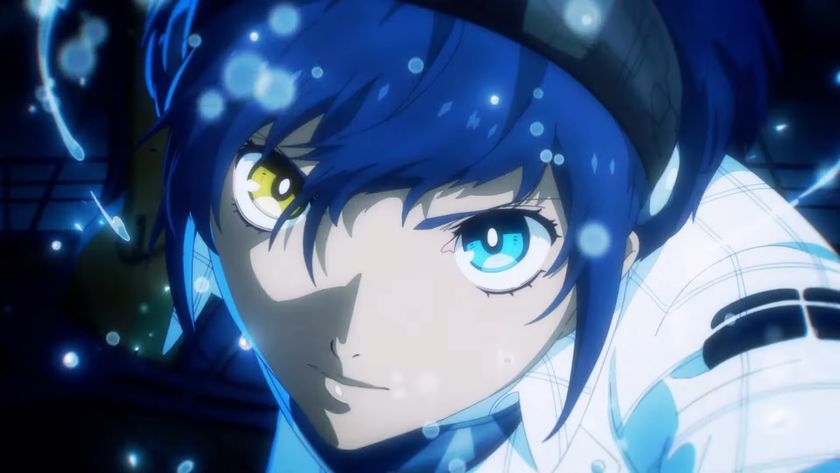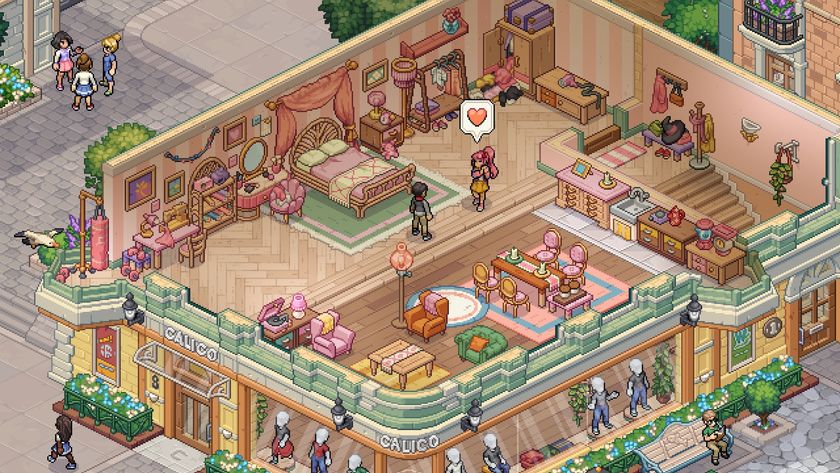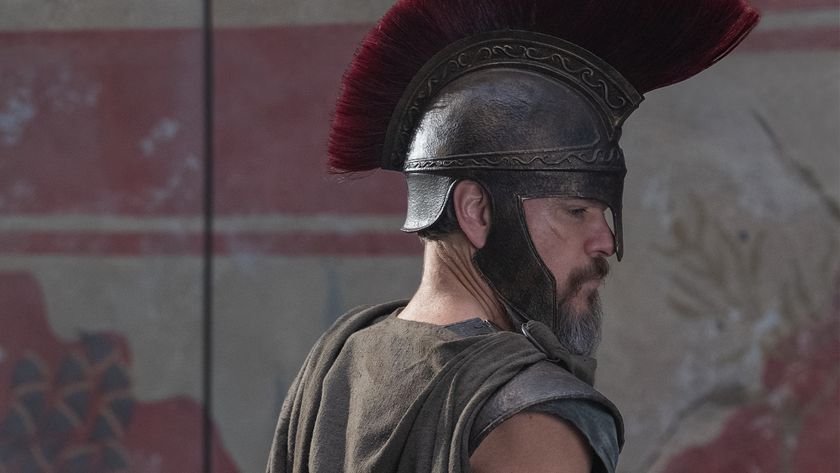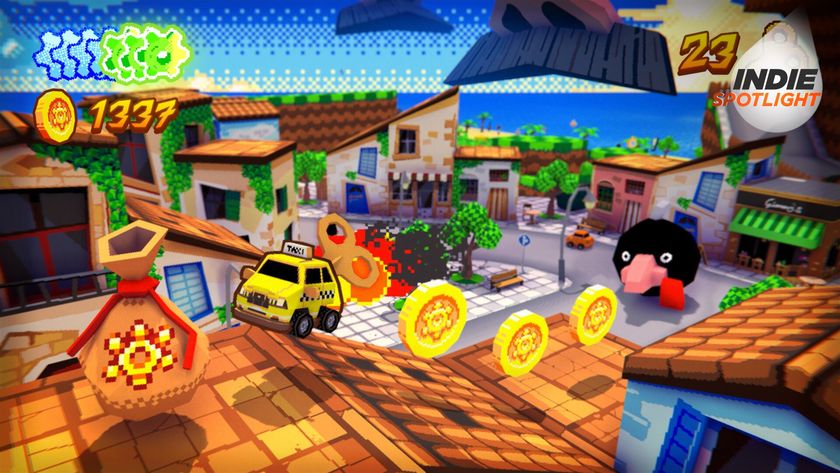We are apprehensive. We've travelled 190 miles repeatedly asking ourselves 'why?' but it's now, during the short trip between Sheffield train station and Sumo Digital, the developer given the task of converting OutRun 2 to Xbox, that the anxiety is really mounting. (Traditionally, thirdparty translations of major coin-ops often prove bitter disappointments, let's not forget.) Eyes furiously scanning the moving scenery, any element, however absurdly tenuous, that potentially vindicates Sega's decision and soothes our (possibly visible) concern is noted. Nothing so far. But then, as we near our destination, the situation improves dramatically. The studio appears, surrounded by massive car dealerships, and, crucially, it's only a stone's throw away from a Ferrari concessionary.
Inside Sumo, things soon begin to brighten up. Sat in its meeting room (which houses a highly tempting OutRun2 arcade unit on freeplay), we listen to the company's key personnel as they lay their credentials on the immaculate conference table. Carl Cavers, COO, Darren Mills, chief creative officer, and Paul Porter, chief technology officer, have a working relationship that spans ten years from the days of Gremlin Interactive and subsequently Infogrames, following the latter's acquisition spree at the end of the last century. Following a restructuring, the French publisher's Sheffield operation was shut down and after some goodwill negotiation between the two parties, Sumo Digital opened its doors in June last year with just nine staff members. That number has rapidly grown to 22 as the developer picked up contracts with various publishers such as THQ and Microsoft, but up until the Sega commission its major project remained the production of original software for a fitness bike company.
Work with Sega began before Christmas. Sumo was asked to come up with a concept design for how it envisaged a home version of OutRun2, and the team set about the challenge of turning an immediate arcade event into a substantial consumer experience. Not that the coin-op version is a weak affair. Adopting the same progressive five-route/15-stage structure of OutRun, Sega-AM2's long-awaited sequel fully embodies the alluring spirit of the original game while updating obvious technical issues such as visuals and handling dynamics.
Each memorable stage (themed from desert and industrial settings to castle-lined, cobble-paved streets, to name just three) has been meticulously designed to exploit the game's extravagant powerslide mechanic, which encourages some of videogaming's most fabulous drifts. We challenge anyone not to smile the first time they slide around a corner in the Enzo, in cockpit view, with full opposite lock on and the scenery rushing past horizontally. It's one of the most exquisite experiences currently available in arcades.
And, from what we have played, it's now coming to the living room. "Our main aim is to absolutely get it to fit on the Xbox without compromising the level of quality whatsoever," Cavers had boasted before we had the chance to see Sumo's work. Typical developer exaggeration, you'd think, but having come straight off the coin-op and been handed a joypad, we find ourselves powersliding through a virtually indistinguishable conversion of the Chihiro-powered OutRun 2 running on Microsoft's similarly powered console. The same impressive speed, the same vivid and detailed levels, the same beautiful automotive selection from Maranello's renowned supercar maker - it's all here.
If concessions have been made, they're not immediately identifiable (we did wonder about a possible reduction in the number of background windsurfers on the first stage, but frankly it's not something you have time to notice when slicing through civilian traffic in a Ferrari). "We got full access to all the original assets from AM2," explains Cavers. "The guys have just come back from a meeting with AM2, actually - they were out in Japan last week. So by maintaining the relationship that we've built with Sega Japan and AM2 we've managed to get everything from AM2's original archive and get it all running."
Technically, it hasn't been an entirely painless process, however, with the Chihiro board's higher specification understandably causing a few headaches when it came to squeezing the game into the constraints of a console.
Sign up to the 12DOVE Newsletter
Weekly digests, tales from the communities you love, and more
"[We've had to] optimise memory usage and ensure we're making the best use of what's there without affecting the quality," Porter explains. "It's really just a case of looking how the code has been structured and reworking bits of it to fit around the Xbox architecture rather than the Chihiro. The arcade board has essentially got twice the memory that the Xbox has... and most of that was used. What we've achieved so far we're really, really happy with."
This includes the translation of the handling, perhaps the most crucial aspect of the operation. Unlike the PS2 and GC, the Xbox is still, two years after its launch, in the embarrassing position of finding itself without an 'official' force feedback steering wheel, which essentially forces players to default to joypad usage. Initially this feels awkward, our F40 slamming into every available barrier and turn-in feeling heavier and less immediate than that of the arcade version. A few more plays, and things improve drastically - so much so that previously treacherous chicanes are conquered with a quick off-on-off-on throttle sequence as the back-end elegantly snakes its way through, while the arguable turn-in deficiency is quickly remedied by a touch of extra braking to deliberately unsettle the car into corners.
One of the most appealing aspects of OutRun 2's handling is the way experienced players can play around with their line through a bend via the accelerator in order to still be able to negotiate traffic without breaking from a powerslide. If anything, the shoulder triggers on the Xbox pad make this more manageable by offering additional levels of control, which could possibly be attributed to a player's conventional use of fingers over feet. Regardless, it soon feels impressively intuitive. "Obviously we're doing quite a lot of work on the handling to make it work as far as the joypad's concerned and also as far as the longevity of the game is concerned," Porter admits. "We're making sure that you can't just pick it up, powerslide easily and complete the game very quickly, so we're doing a lot of work with AM2 as well to make sure the handling is right for the joypad, and is how they envisage it working as well."
We are apprehensive. We've travelled 190 miles repeatedly asking ourselves 'why?' but it's now, during the short trip between Sheffield train station and Sumo Digital, the developer given the task of converting OutRun 2 to Xbox, that the anxiety is really mounting. (Traditionally, thirdparty translations of major coin-ops often prove bitter disappointments, let's not forget.) Eyes furiously scanning the moving scenery, any element, however absurdly tenuous, that potentially vindicates Sega's decision and soothes our (possibly visible) concern is noted. Nothing so far. But then, as we near our destination, the situation improves dramatically. The studio appears, surrounded by massive car dealerships, and, crucially, it's only a stone's throw away from a Ferrari concessionary.
Inside Sumo, things soon begin to brighten up. Sat in its meeting room (which houses a highly tempting OutRun2 arcade unit on freeplay), we listen to the company's key personnel as they lay their credentials on the immaculate conference table. Carl Cavers, COO, Darren Mills, chief creative officer, and Paul Porter, chief technology officer, have a working relationship that spans ten years from the days of Gremlin Interactive and subsequently Infogrames, following the latter's acquisition spree at the end of the last century. Following a restructuring, the French publisher's Sheffield operation was shut down and after some goodwill negotiation between the two parties, Sumo Digital opened its doors in June last year with just nine staff members. That number has rapidly grown to 22 as the developer picked up contracts with various publishers such as THQ and Microsoft, but up until the Sega commission its major project remained the production of original software for a fitness bike company.
Work with Sega began before Christmas. Sumo was asked to come up with a concept design for how it envisaged a home version of OutRun2, and the team set about the challenge of turning an immediate arcade event into a substantial consumer experience. Not that the coin-op version is a weak affair. Adopting the same progressive five-route/15-stage structure of OutRun, Sega-AM2's long-awaited sequel fully embodies the alluring spirit of the original game while updating obvious technical issues such as visuals and handling dynamics.
Each memorable stage (themed from desert and industrial settings to castle-lined, cobble-paved streets, to name just three) has been meticulously designed to exploit the game's extravagant powerslide mechanic, which encourages some of videogaming's most fabulous drifts. We challenge anyone not to smile the first time they slide around a corner in the Enzo, in cockpit view, with full opposite lock on and the scenery rushing past horizontally. It's one of the most exquisite experiences currently available in arcades.
And, from what we have played, it's now coming to the living room. "Our main aim is to absolutely get it to fit on the Xbox without compromising the level of quality whatsoever," Cavers had boasted before we had the chance to see Sumo's work. Typical developer exaggeration, you'd think, but having come straight off the coin-op and been handed a joypad, we find ourselves powersliding through a virtually indistinguishable conversion of the Chihiro-powered OutRun 2 running on Microsoft's similarly powered console. The same impressive speed, the same vivid and detailed levels, the same beautiful automotive selection from Maranello's renowned supercar maker - it's all here.
If concessions have been made, they're not immediately identifiable (we did wonder about a possible reduction in the number of background windsurfers on the first stage, but frankly it's not something you have time to notice when slicing through civilian traffic in a Ferrari). "We got full access to all the original assets from AM2," explains Cavers. "The guys have just come back from a meeting with AM2, actually - they were out in Japan last week. So by maintaining the relationship that we've built with Sega Japan and AM2 we've managed to get everything from AM2's original archive and get it all running."
Technically, it hasn't been an entirely painless process, however, with the Chihiro board's higher specification understandably causing a few headaches when it came to squeezing the game into the constraints of a console.
"[We've had to] optimise memory usage and ensure we're making the best use of what's there without affecting the quality," Porter explains. "It's really just a case of looking how the code has been structured and reworking bits of it to fit around the Xbox architecture rather than the Chihiro. The arcade board has essentially got twice the memory that the Xbox has... and most of that was used. What we've achieved so far we're really, really happy with."
This includes the translation of the handling, perhaps the most crucial aspect of the operation. Unlike the PS2 and GC, the Xbox is still, two years after its launch, in the embarrassing position of finding itself without an 'official' force feedback steering wheel, which essentially forces players to default to joypad usage. Initially this feels awkward, our F40 slamming into every available barrier and turn-in feeling heavier and less immediate than that of the arcade version. A few more plays, and things improve drastically - so much so that previously treacherous chicanes are conquered with a quick off-on-off-on throttle sequence as the back-end elegantly snakes its way through, while the arguable turn-in deficiency is quickly remedied by a touch of extra braking to deliberately unsettle the car into corners.
One of the most appealing aspects of OutRun 2's handling is the way experienced players can play around with their line through a bend via the accelerator in order to still be able to negotiate traffic without breaking from a powerslide. If anything, the shoulder triggers on the Xbox pad make this more manageable by offering additional levels of control, which could possibly be attributed to a player's conventional use of fingers over feet. Regardless, it soon feels impressively intuitive. "Obviously we're doing quite a lot of work on the handling to make it work as far as the joypad's concerned and also as far as the longevity of the game is concerned," Porter admits. "We're making sure that you can't just pick it up, powerslide easily and complete the game very quickly, so we're doing a lot of work with AM2 as well to make sure the handling is right for the joypad, and is how they envisage it working as well."
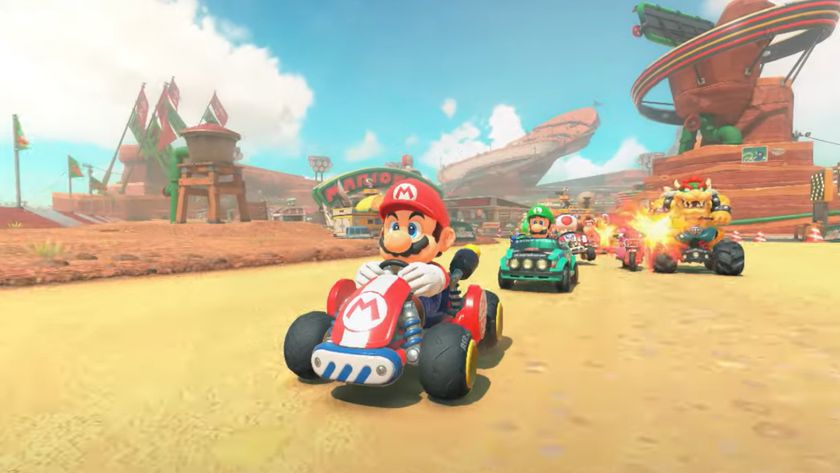
Porting Mario Kart 8 Deluxe to the Nintendo Switch was "kind of an afterthought," and now it's so popular that getting fans to switch could be a challenge
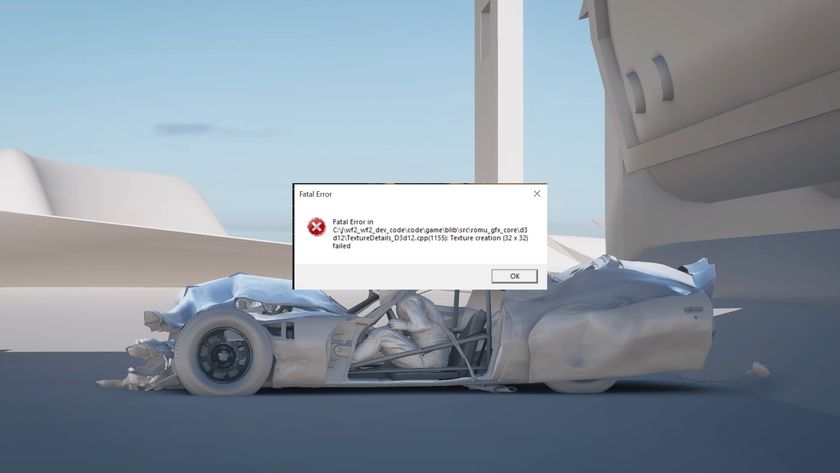
Devs behind beloved destruction-focused racing game Wreckfest launch the sequel in early access with a trailer full of physics glitches and fatal error messages
